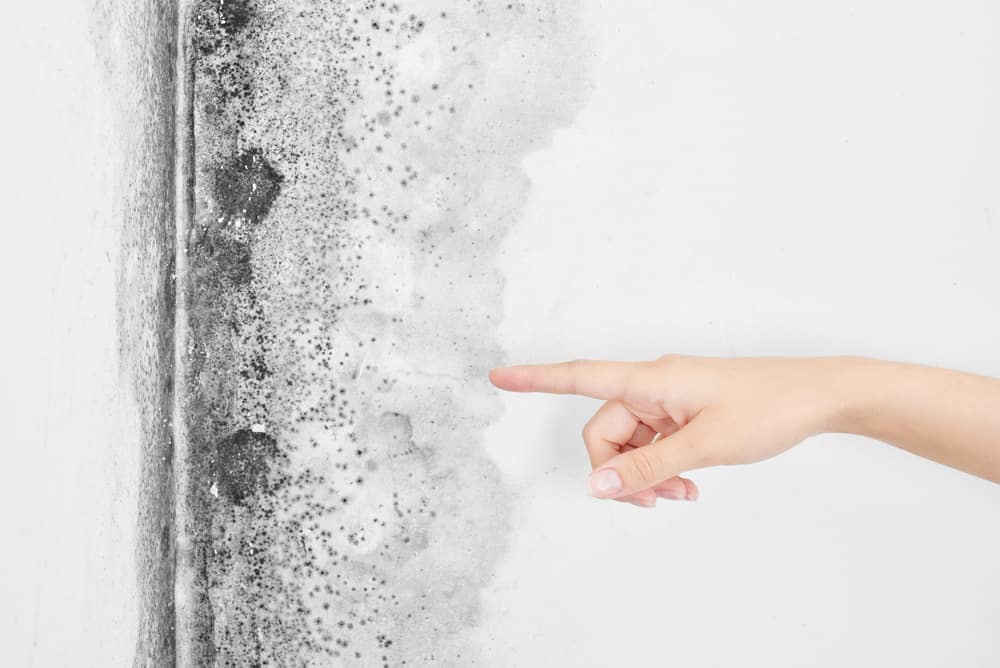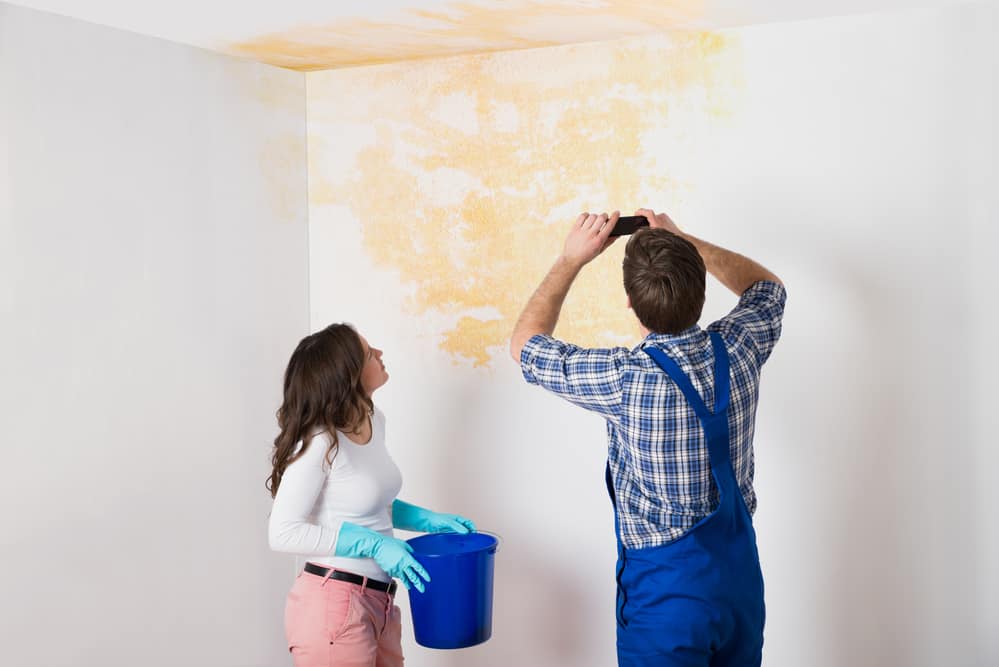Water may enter your property through a variety of entry points. It is possible that there is a leak in the roof that causes water to seep through and cause water damage to the walls.
Water damage to walls may occur from external causes, such as a rainstorm, or from inside the home, such as a busted pipe. If left unattended, any water damage to your drywall may create structural concerns with the walls and even lead to mold growth.
There is a possibility that there is some damage to the siding of the house, making it difficult to clean it out until the siding has been repaired.
It doesn’t matter what triggered the water to seep through the wall; you may be wondering as to what will happen once it does.

If you think you’ve been a victim of water damage, keep this list in mind!
How to identify water damage to a wall?
Water damage to walls may be detected by examining for softened drywall, discoloration on the surface, or bubbling.
Water damage to your drywall is indicated by the presence of all three of these indications. What exactly is the problem? Most likely, there is hidden water damage behind the wall that hasn’t been discovered.
If you see any of the indicators of wall water damage, you should consult a specialist. They can determine if you are in danger of mold growth, rotting, or electrical issues as a result of substantial water damage.
What you need to know about drying off wet walls.
The use of a dehumidifier and an abundant supply of towels are recommended for drying off walls after water damage.
Remove extra moisture from the walls by gently blotting them while the dehumidifier is operating. Don’t push too hard since water damage might cause the drywall to become brittle.
After you have dealt with the initial dampness, you should contact a water damage specialist. Hidden concerns caused by water damage, such as mildew, rotting, and electrical risks, may exist behind your walls and be difficult to detect.
A specialist that specializes in wall water damage can assess the amount of the damage and ensure that your property is safe.
Taking care of the problem caused by water damage.
Water damage should be addressed as soon as you become aware of the problem. Within hours, water may inflict extensive damage that is impossible to see from the outside.
It is possible for water to get into your frame materials, insulation, and drywall, resulting in mold growth, electrical danger, rot, and corrosion.
Ironically, water damage to walls may result in flames as a result of electrical damage. When a property suffers from wall water damage, mold development should be a top priority for anybody concerned about the health of the home’s residents and the expensive expense of remediation and restoration.
Things to be on the lookout for if/when this occurs.
The most serious issue is that the water is seated for an extended period of time. Because it is concealed behind a wall, the majority of homeowners are completely unaware that water is present in their house.
This permits the water to just linger in the wall for an extended period of time, frequently many weeks, raising the number of water damage that it is capable of causing.
While the water is flowing behind the barrier, it will damage the wood, damage paint, and wallpaper, and possibly create some troubles with the drywall if it is not removed immediately. When water comes into contact with electrical components, it may cause short circuits and other damage.
Along with the water problem, there is the issue of mold establishing a perfect new home behind the walls, which may begin to create problems with the health and the wellbeing of others around you.

3 telltale signs of water damage to the wall.
Several signs should be looked for in order to determine if there was any water in a homeowner’s walls or behind their doors and windows.
However, even if water escapes behind walls and is difficult to detect, there are several indicators that you should look for in order to determine whether a leak is taking place at all.
- Dolomitized wallboard
- Cracked or dripping paint
- Discoloration
Each of these warning flags deserves a closer examination. A common symptom of water damage to walls is softened drywall. When the drywall is wet on the backside but dries on the outside, softening happens.
If you suspect water damage in any of the drywall’s crevices, press against it. Water damage to the wall is evident if the wall collapses or sinks.
Mold growth is more likely to occur as a result of water damage to the wall that is not noticed right away. If you notice any strange odors, such as rotting or mold, don’t hesitate to contact a water damage restoration specialist.
It’s possible that some of these problems are more serious than a simple water leak, and that they are indicative of a water leak that has been ongoing for a long period of time.
While you may change paints and wallpaper if they are your primary concerns, you will need to get expert assistance if you begin to notice difficulties such as warped walls or bowed ceilings.
This may result in higher costs, but it is the only method to assure that the water damage is repaired completely and permanently.
It’s essential to keep your property safe from water damage.
If you see any of the following indicators of water damage in your house, it is critical to address the situation immediately.
This is the most effective method of avoiding difficulties and assisting in keeping your house as clean and safe as possible.
Once the water has gotten behind the sidewalls, it will begin to destroy the walls as well as the other buildings inside the walls, resulting in a major mess and a significant amount of expenditure.
You will be able to prevent these issues if you have the proper understanding of water damage and do periodic inspections of the walls.

